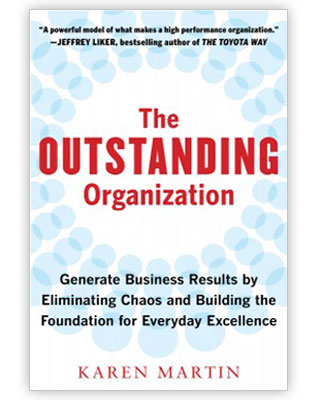World Quality Month is an annual celebration of quality and its impact in the world. Through the joint efforts of ASQ, its many World Partner organizations, leaders and stakeholders in the Global Quality Community, the inaugural World Quality Month began in November 2010. World Quality Month was established both to reignite attention once generated in the 1980s by National Quality Month in the U.S. and to create a united, global forum for the organizations that have celebrated World Quality Days in November to come together and raise their voices for quality.
Visit worldqualitymonth.org often to learn about quality tools and techniques, heroes, the stories of quality in practice every day, and World Quality Month events. Celebrate World Quality Month 2012 with the Global Quality Community.
So in November get involved. Raise your voice for quality. Make a point of it. I bet you’ll enjoy it. And when December 1 rolls around, you don’t have to stop. Speaking up for the importance of quality is our daily responsibility. The biggest barrier quality faces is making people understand that excellence just doesn't happen. Excellence isn't good intent. Through quality, excellence is available to everyone.
Together—through our collective passion for the community—we will raise the voice of quality worldwide.
I’m part of the ASQ Influential Voices program. While I receive an honorarium from ASQ for my commitment, the thoughts and opinions expressed on my blog are my own.








